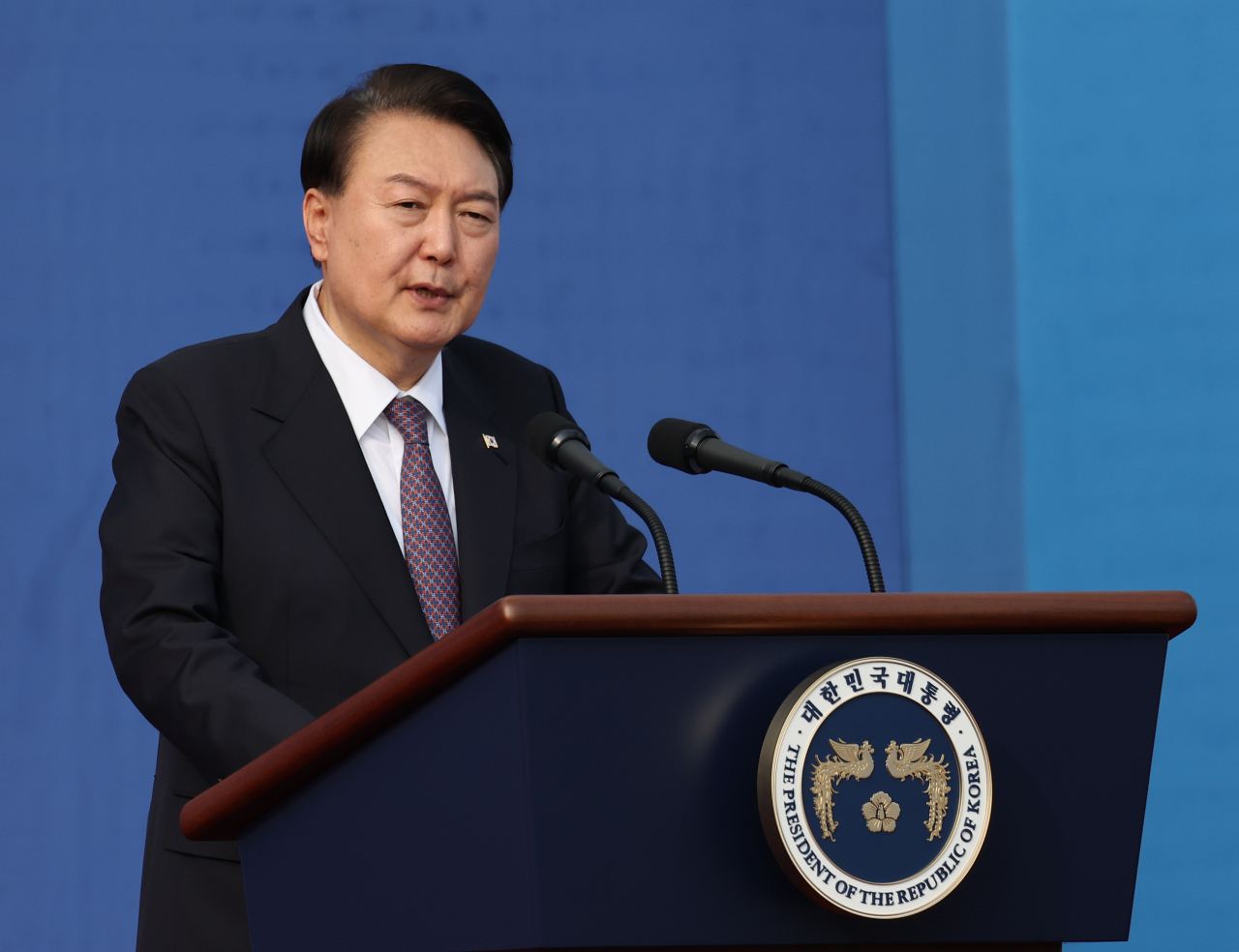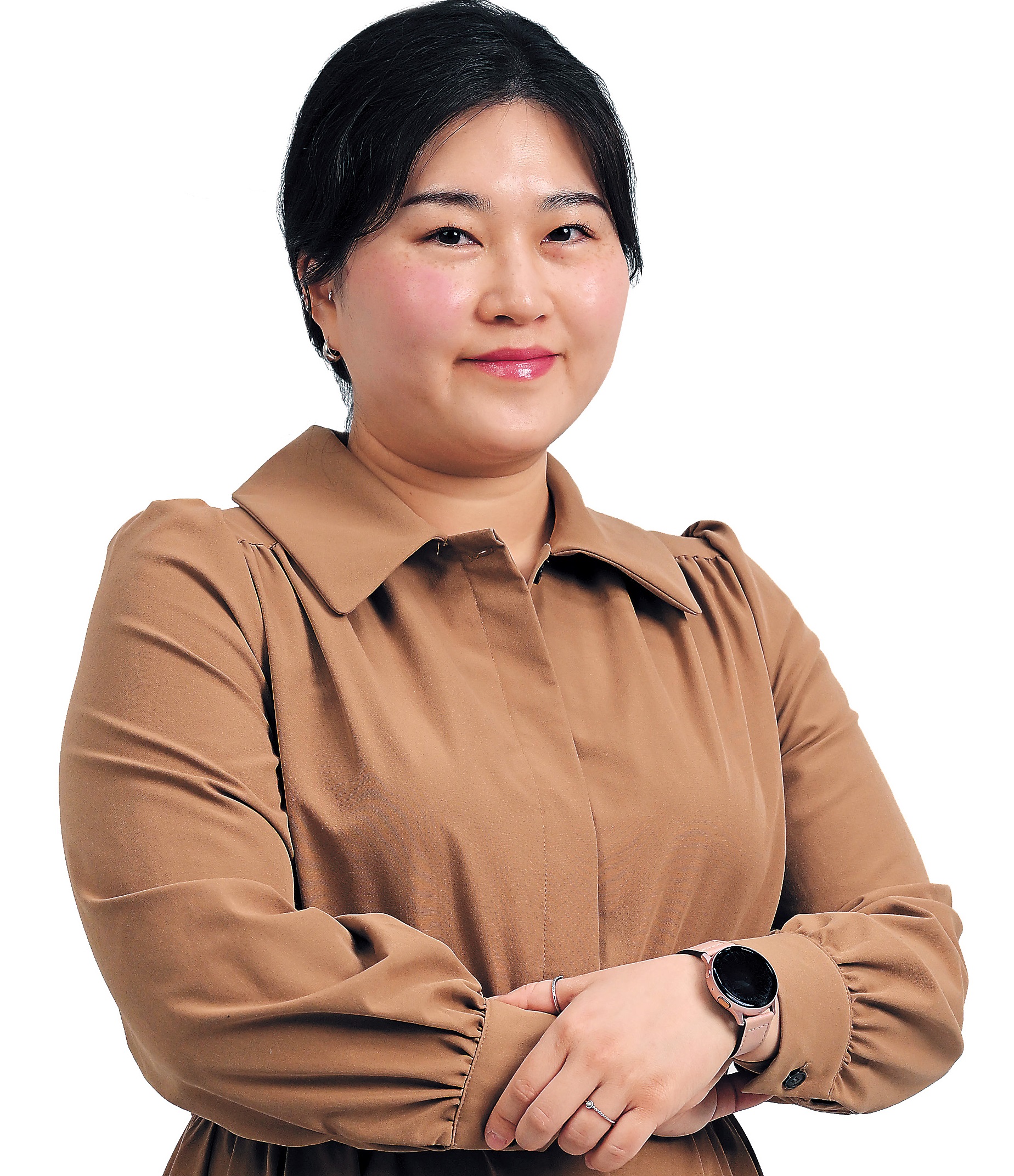Yoon, doctors set to clash over medical school quota
President to announce quota hikes this week amid doctor shortages
By Lee JaeeunPublished : Oct. 15, 2023 - 14:31

The South Korean government is bracing for potential backlash from doctors as it seeks to unveil a plan that would increase the medical school enrollment quota to address doctor shortages.
The government has decided to expand the number of placements for medical school, and President Yoon Suk Yeol is set to announce details including the specific figure on Thursday, according to multiple government officials.
The government initially reviewed a plan to increase the medical school enrollment quota by 500, from the current quota of 3,058. Enrollment has been frozen at that figure since 2006. However, it is now considering a new plan to increase the number of medical students by more than 1,000, according to the sources.
If expanded, the new quota will be applied starting from 2025. At an audit of the ministry at the National Assembly on Wednesday, Minister of Health and Welfare Cho Kyoo-hong also said, “We are preparing to reflect it (the raised quota) in the 2025 college entrance examination.”
The government's plan to increase the number of medical students comes as the country continues to face severe doctor shortages in vital fields. Specialties such as pediatrics, obstetrics, cardiothoracic surgery and neurosurgery have faced significant operational crises, affecting patients in regional areas.
According to Health Ministry data submitted to main opposition Democratic Party of Korea Rep. Jung Choun-sook, who is also a member of the National Assembly's Health and Welfare Committee, the number of medical graduates per 100,000 inhabitants in Korea came to 7.2 in 2022, lagging behind the Organization for Economic Cooperation and Development average of 13.6.
The ministry further projected the number of doctors per 1,000 inhabitants -- excluding practitioners of traditional medicine -- would be just 2.9 in 2035 even if the government decides to increase the medical school enrollment quota by 1,000 starting next year, leaving it a long way behind the OECD average of 4.5.
Furthermore, a recent study by the Korea Institute for Health and Social Affairs predicted that at this pace, the nation would face a shortage of up to 27,232 doctors by 2035.
“The government cannot put it off any longer. When doctors oppose the government’s plan to increase the number of medical students this time, they would face huge criticism from the public as the shortage of doctors has intensified,” an official from the government said.
Public opinion appears to welcome the government’s move.
A new poll of 1,003 Korean individuals conducted by Hankook Research showed that more than half of Koreans, or 56 percent, said the medical school enrollment quota should be increased by between 300 and 1,000. Additionally, around 24 percent of respondents said the quota should be expanded by more than 1,000.
The Citizens' Coalition for Economic Justice civic group also called for an increase in the number of medical students by more than 1,000, saying it was necessary to help prepare for future public health crises.
But doctors groups oppose the government’s plan, arguing that the issue of doctor shortages should be resolved by ensuring better compensation for physicians working in essential medical fields and rural areas, not just by increasing the number of doctors.
“We are opposing the government’s plan, which tries to solve the issue of doctor shortages by merely increasing the number of medical students. When the government announces the plan without any further consultation with us, it will face fierce protests,” according to a spokesperson for the Korean Medical Association, the country's largest coalition of doctors groups, with 130,000 members.
In 2020, the government had tried to implement an increase to the medical student quota that would require the added students to work in unpopular but essential fields of medicine and in rural areas.
However, the government gave up on its plan following fierce protests from doctors and strikes across the country organized by the KMA and Korean Intern Resident Association.



















![[Today’s K-pop] Treasure to publish magazine for debut anniversary](http://res.heraldm.com/phpwas/restmb_idxmake.php?idx=642&simg=/content/image/2024/07/26/20240726050551_0.jpg&u=)